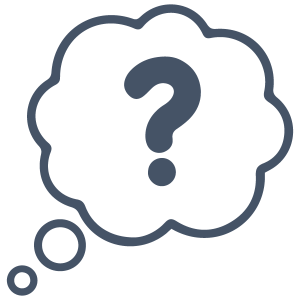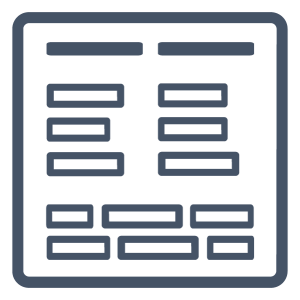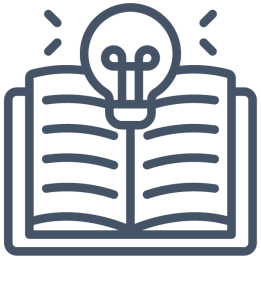
INTRODUCTION TO THE COURSE
Overview
Your syllabus is a core document because it outlines the following information that you need to be successful in this course.
- The purpose of the course
- Learning objectives
- Format (i.e., the length of the course, weekly sessions, etc.)
- Readings
- Assignments and deadlines
- Grades
Many students do not read their syllabi carefully and, as a result, miss some of the important information that they need to understand the nature and requirements of the courses that they take.
We will review the syllabus and discuss the core content in this module. By reading the syllabus in this first class, you will be better prepared to engage with and learn the course content.
Readings
Imagine | Question | Search | Synthesize: Critical foundations in undergraduate research. (2022). Syllabus.
Before class activities
 Key questions to ask while actively reading
Key questions to ask while actively reading
- What is a syllabus?
- How can a syllabus be used throughout a course for academic success?
- What are key components of a syllabus?
 “Pile of words”: Group and label key concepts
“Pile of words”: Group and label key concepts
Organize the words below into two lists of similar terms and label each list (include a definition for each label).
Remember: You may already understand some of these ideas relatively well and others may be new to you. Look up (e.g., in a dictionary or encyclopedia) the unfamiliar concepts in order to create your lists.
Make note of your reasons for grouping the ideas together as you will share them in class. These are self-paced individual activities, for which there are no right or wrong answers. The instructor will not grade this work.
 Predict a learning outcome
Predict a learning outcome
Reading Club activities
Share the results of your pre-class activities before class activities and respond to additional prompts provided by your instructor(s).
After class activities
Read the syllabus after class and summarize key points.
- Key deadlines
- Assignments
- Academic integrity
Respond to this statement: do you agree or disagree and why?
“A syllabus is an opportunity to draft a sequence of activities that students will perform in a specific order. Like any time-based medium, the college course needs a narrative, but that narrative will be both enacted and experienced primarily by … the surprising things your students do with the activities–readings, … presentations, group work … that you’ve planned and developed.” (Germano & Nicholls, 2020, p. 14)
Reference
Germano, W., & Nicholls, K. (2020). Syllabus. The remarkable, unremarkable document that changes everything. Princeton University Press.

